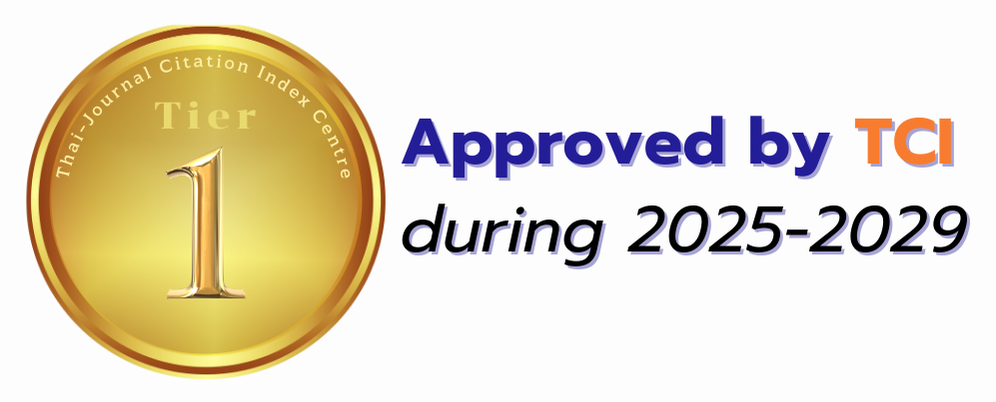Biodiversity and Evaluation of Benefit in Dry Deciduous Forest at Maejo University Phrae Campus, Phrae Province
Keywords:
Biodiversity conservation, Community forest, Food security, Maejo University Phrae campusAbstract
This study aimed to investigate the species diversity of tree species, birds, insects, spiders and mushrooms in the Dry Deciduous forest (DDF) of Maejo University Phrae Campus. Their benefits were also evaluated. Sample plots were applied for data collection and diversity values were calculated. 40 tree species from 30 genera and 20 families were found with the species diversity index (H?) of 2.42. The important families were such as Rubiaceae, Fabaceae, Dipterocarpaceae and Phyllanthaceae. Whereas, 40 bird species from 31 genera, 22 families and 10 orders were found, the Passeriformes was the most abundant, with the H? value of 3.01. 37 birds, out of 40, are regarded as protected species.124 insect species from 101 genera and 16 families were found. They are; butterflies (57 species from 48 genera and 5 families), grasshoppers (27 species, 27 genera and 6 families), and ants (40 species, 26 genera and 5 families). 69 spider species, from 67 genera and 25 families were found and the family Salticidae showed the highest numbers of both species and populations. Relatively low species numbers of mushrooms were found (40 species). Of these, they are 18 saprophytes and 22 ectomycorrhizas. 21 species are edible mushrooms. The value of biodiversity utilization was evaluated. The main kinds of food were mushrooms, bamboo shoots, vegetables, subterranean ants, Melientha suavis, ant eggs, etc. The highest value was found in the rainy season, 14,442.56 baht/household/year and the non-cash return of 17,627.56 baht/household/year. The total value from indirect benefit of forest was 12,621,247 baht/year. This study indicated that protecting the forest in Maejo University Phrae Campus helps to promote biodiversity and food security.
Downloads



.png)





